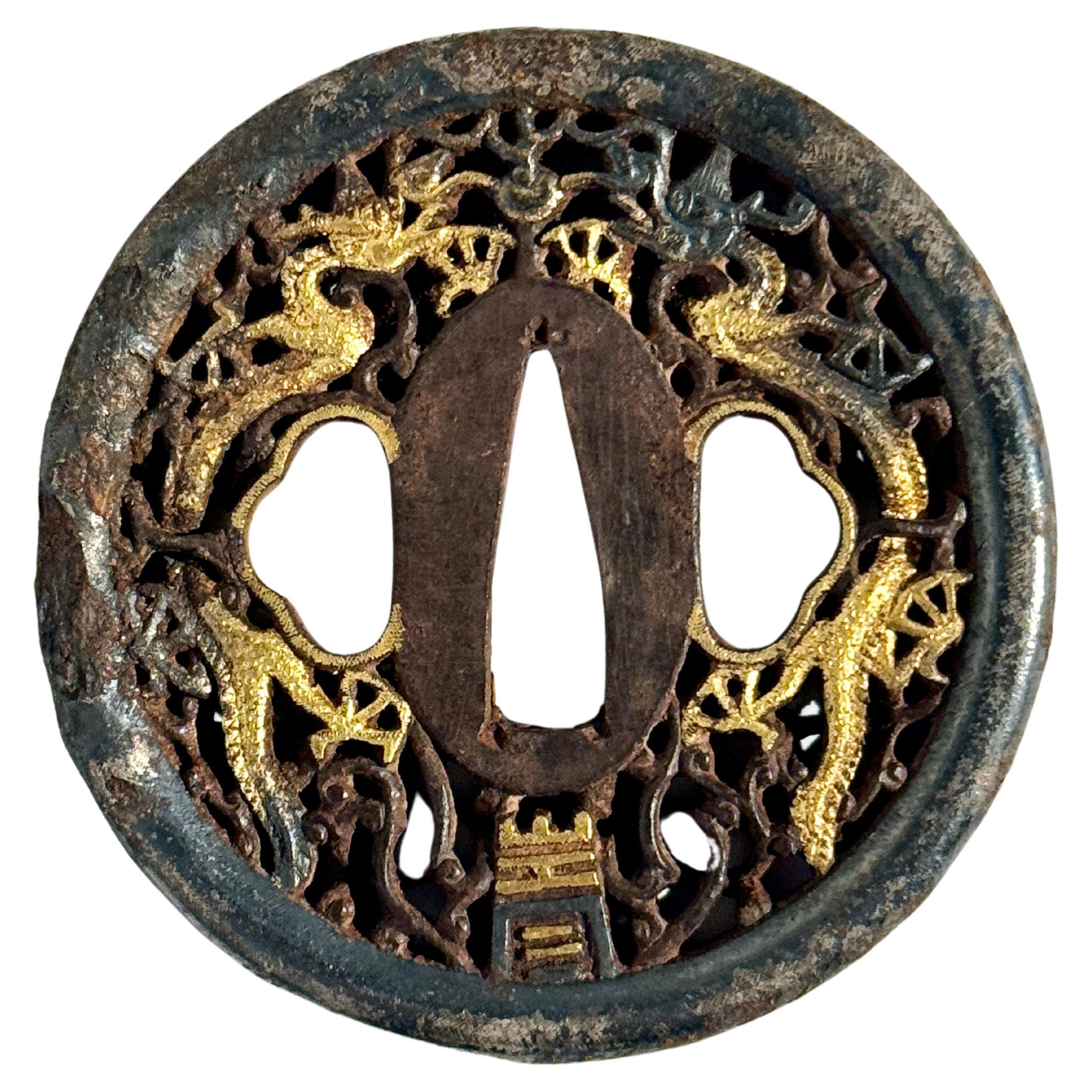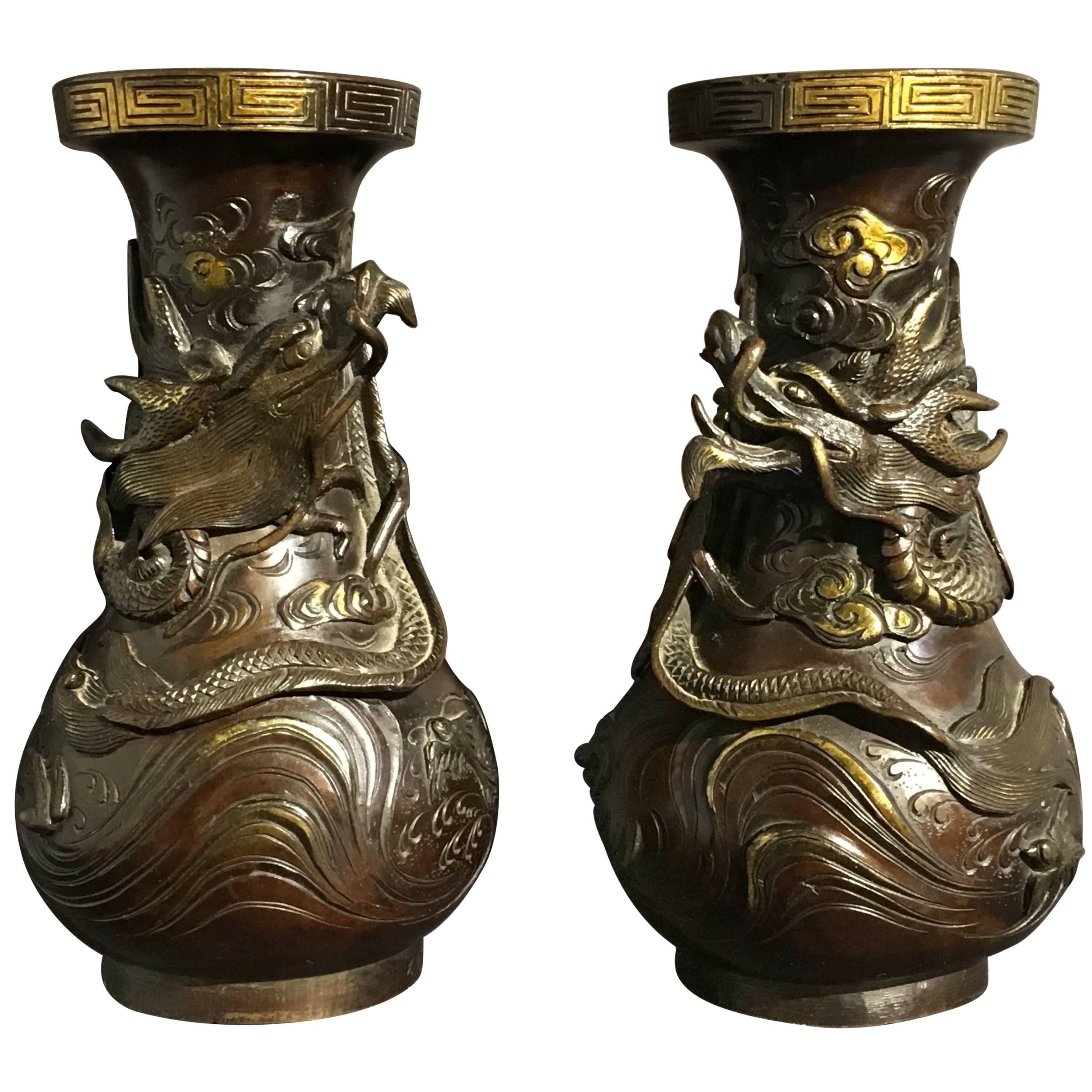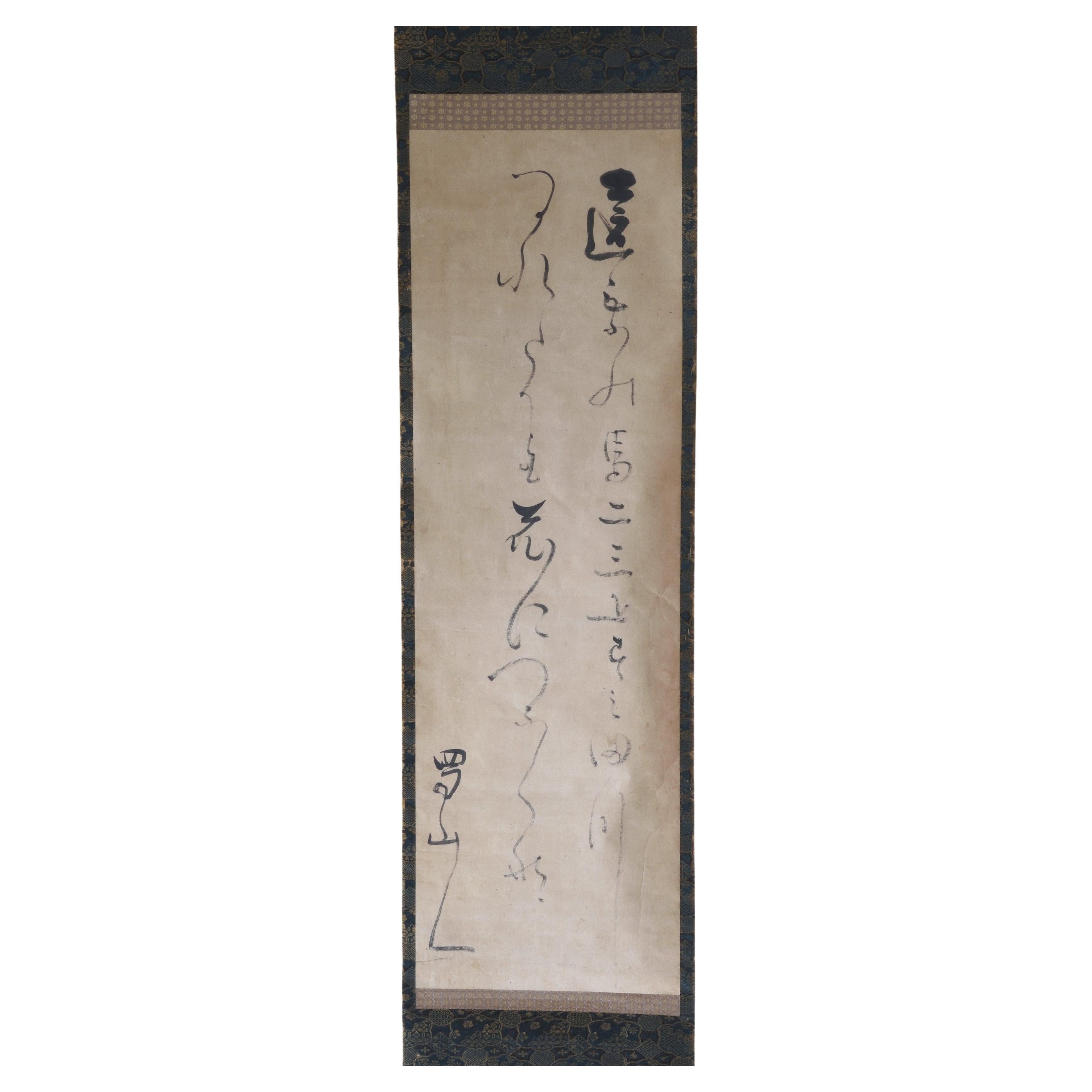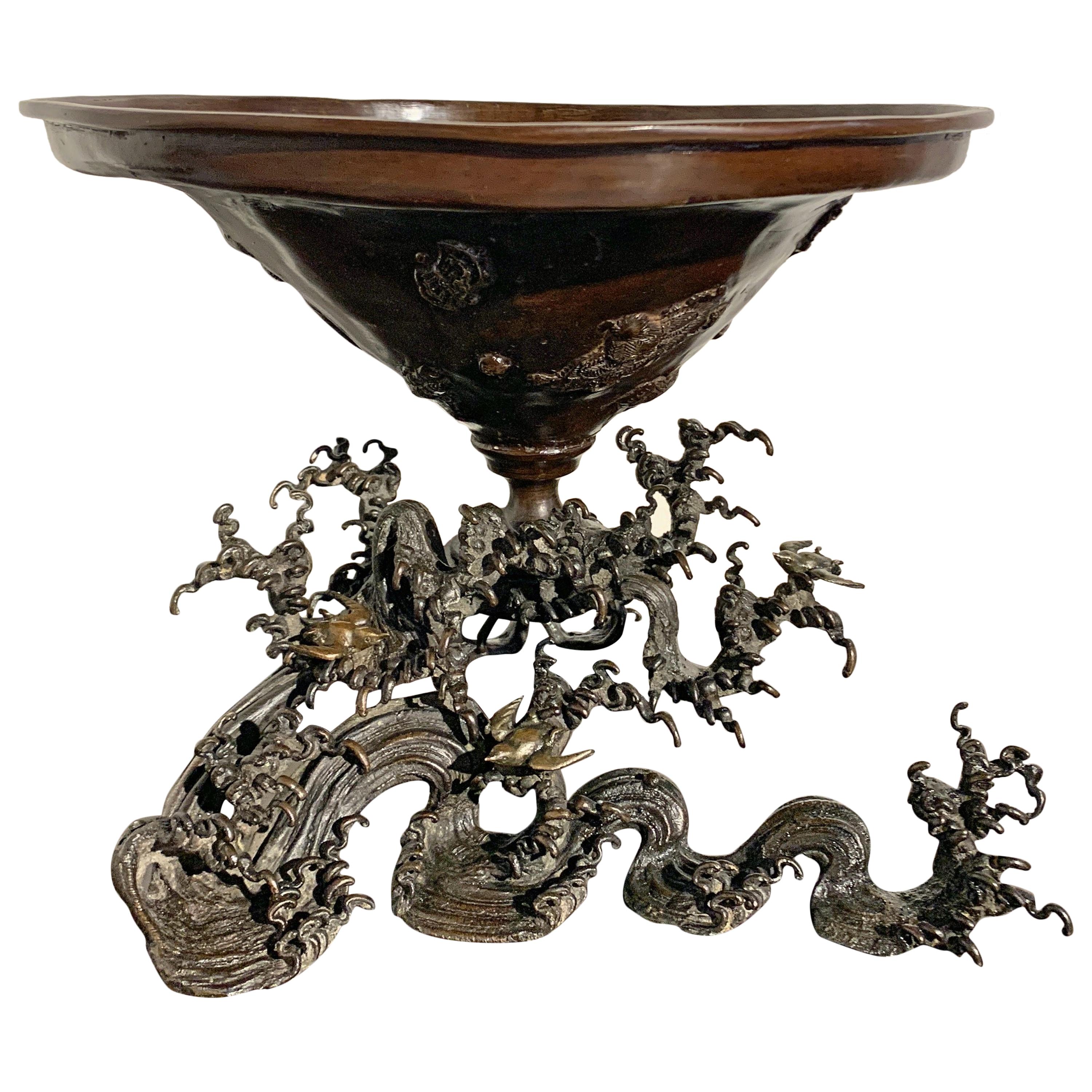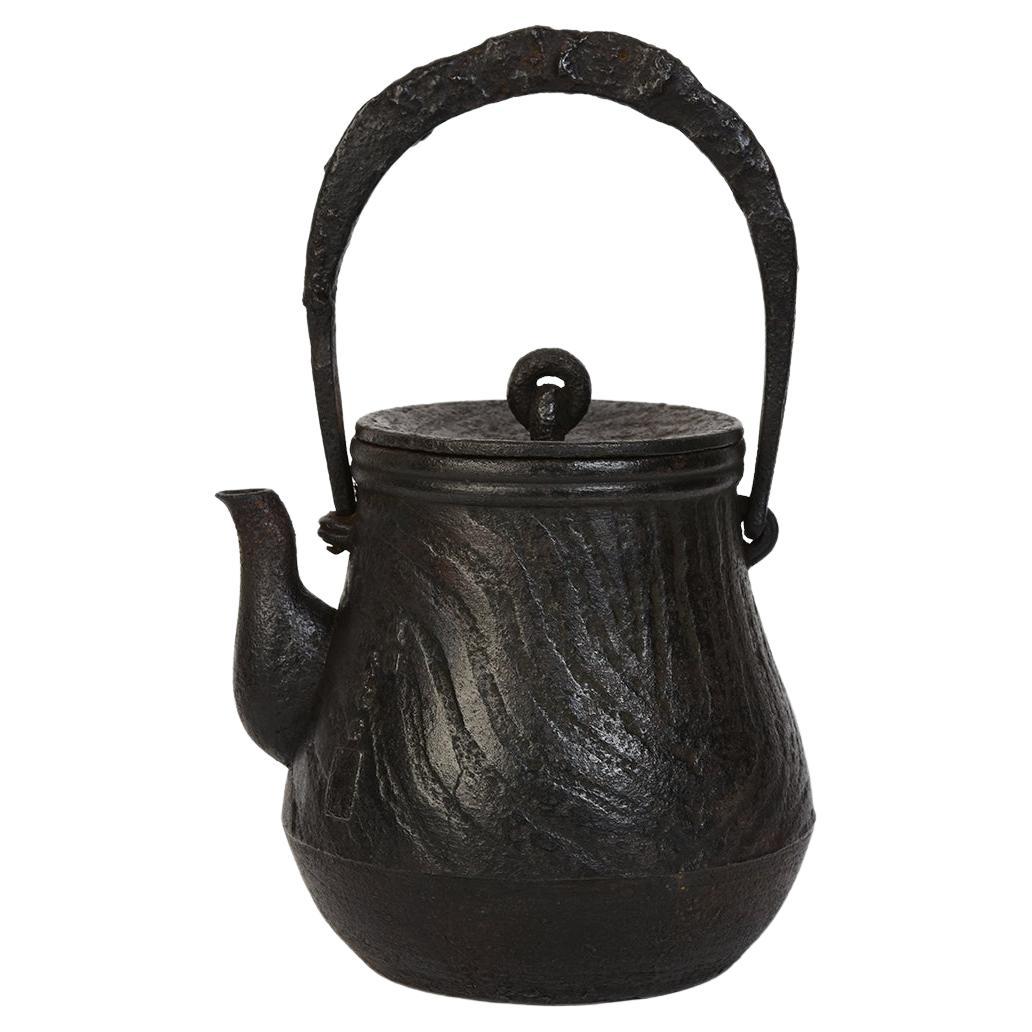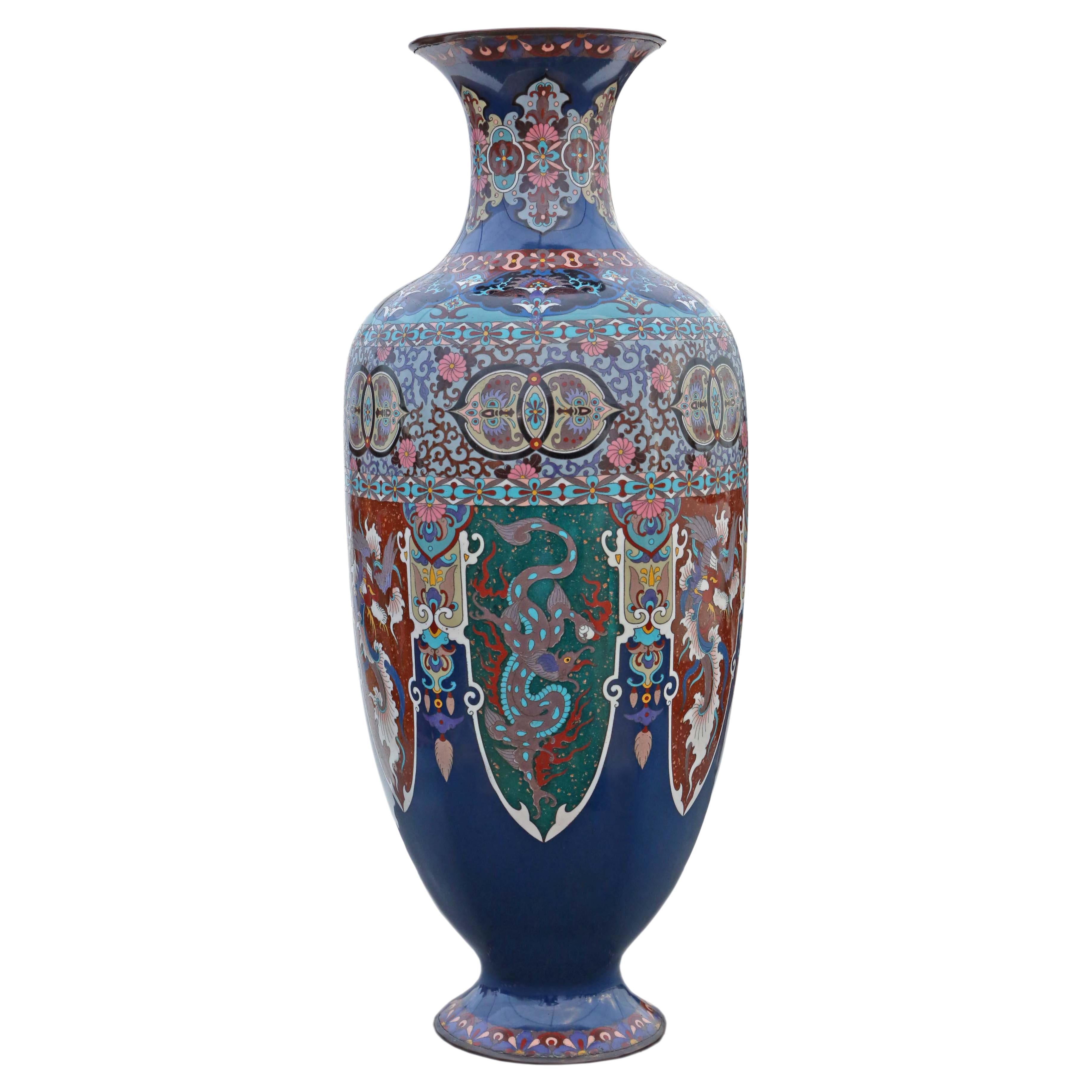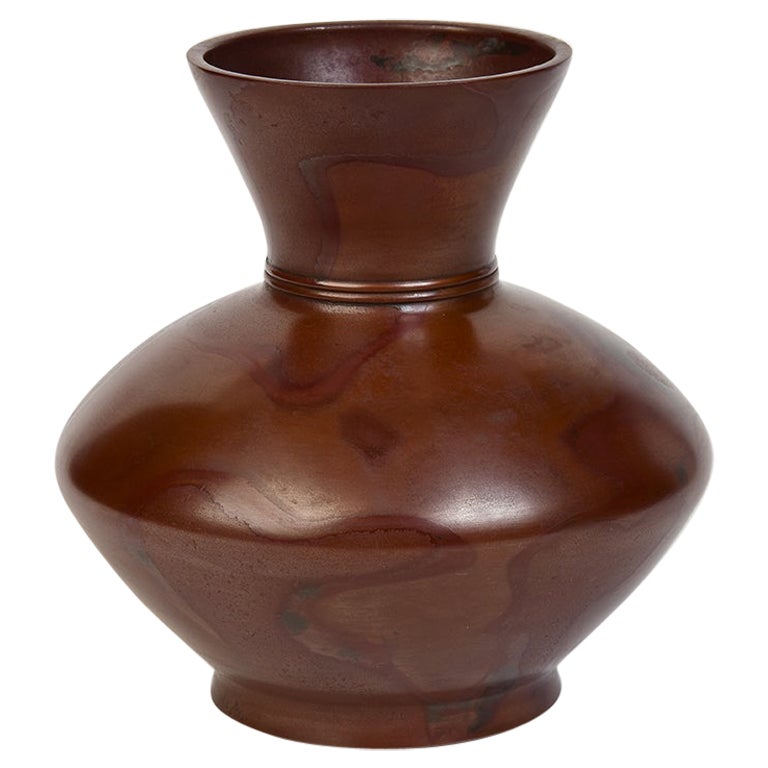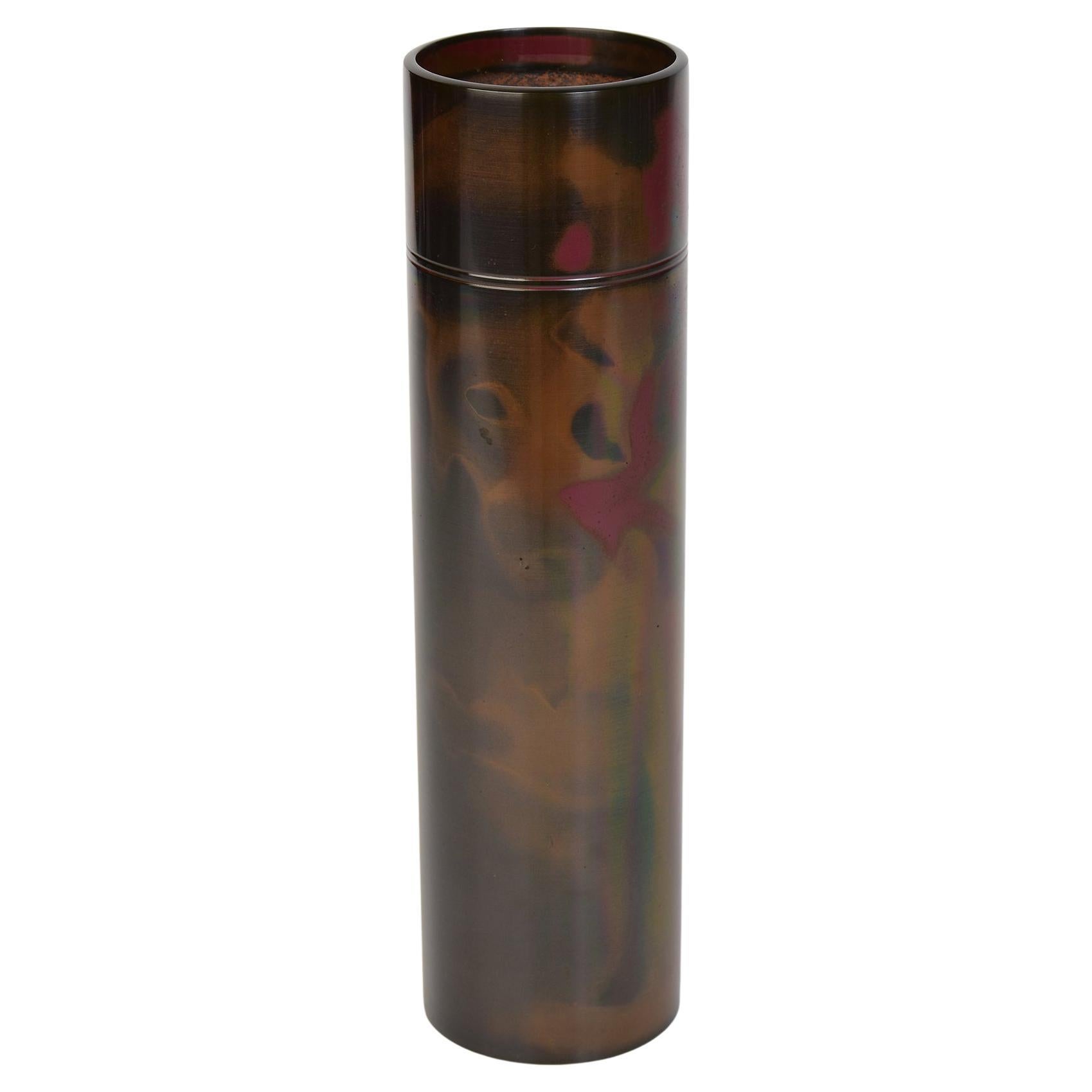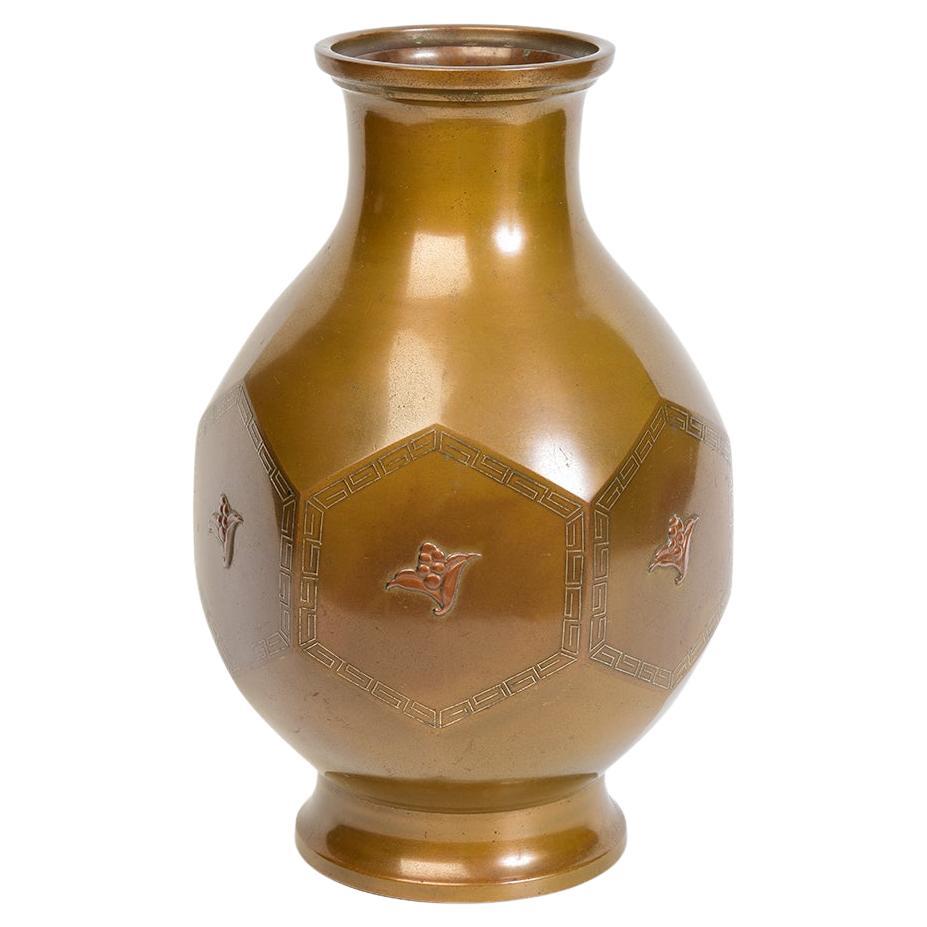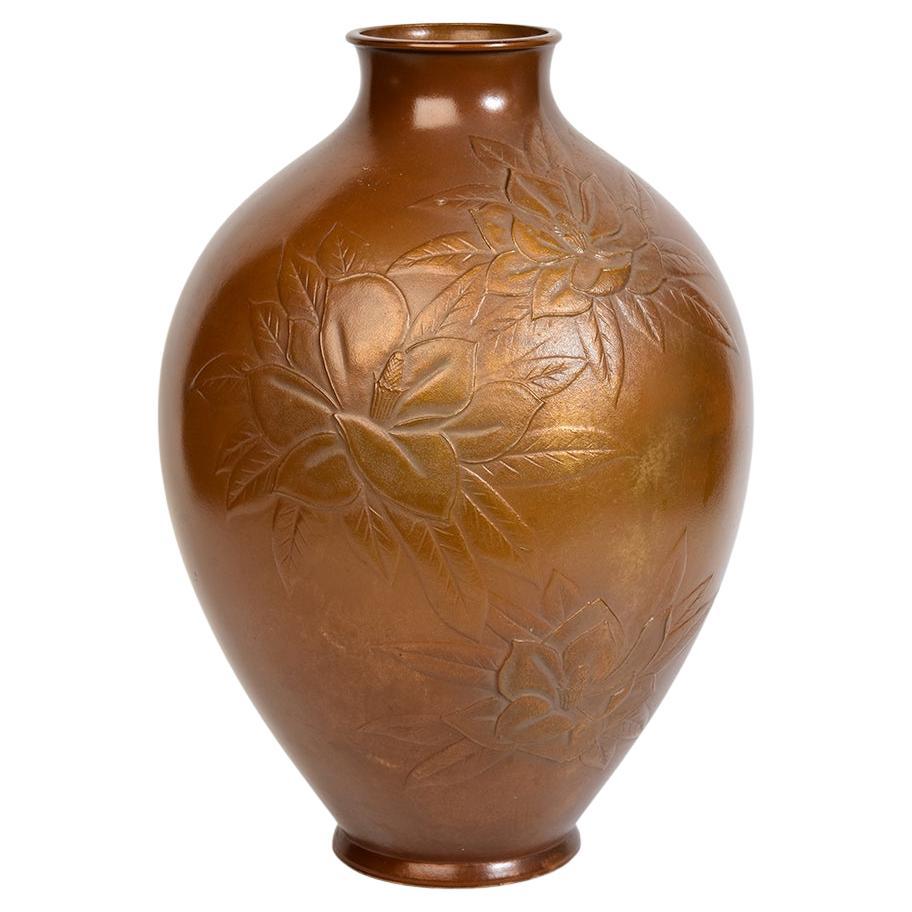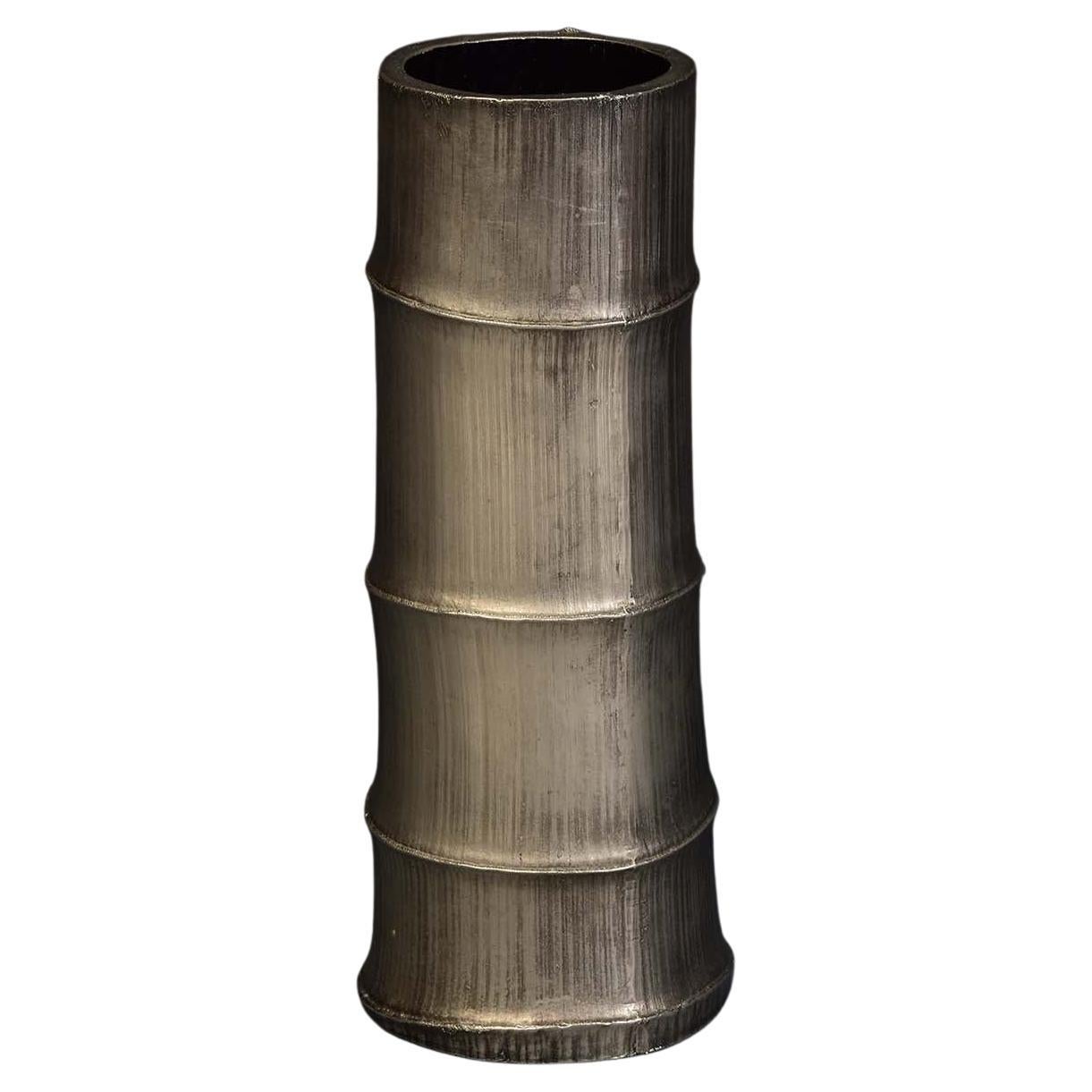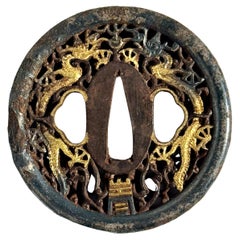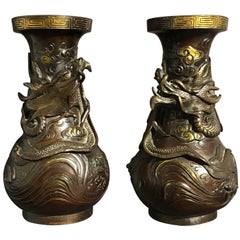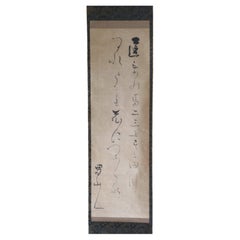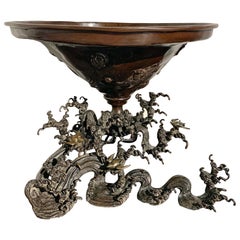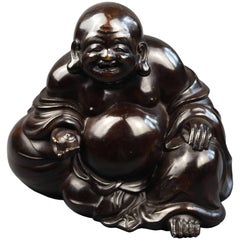
Early 19th Century, Hotei (Happy Buddha), Edo Period, Art of Japan
View Similar Items
1 of 8
Early 19th Century, Hotei (Happy Buddha), Edo Period, Art of Japan
$3,200List Price
About the Item
- Dimensions:Height: 9.06 in (23 cm)Width: 10.63 in (27 cm)Depth: 6.7 in (17 cm)
- Style:Edo (Of the Period)
- Materials and Techniques:Iron,Cast
- Place of Origin:
- Period:
- Date of Manufacture:1810
- Condition:Wear consistent with age and use.
- Seller Location:Central Hong-Kong, HK
- Reference Number:Seller: LS1141stDibs: LU255439994433
Authenticity Guarantee
In the unlikely event there’s an issue with an item’s authenticity, contact us within 1 year for a full refund. DetailsMoney-Back Guarantee
If your item is not as described, is damaged in transit, or does not arrive, contact us within 7 days for a full refund. Details24-Hour Cancellation
You have a 24-hour grace period in which to reconsider your purchase, with no questions asked.Vetted Professional Sellers
Our world-class sellers must adhere to strict standards for service and quality, maintaining the integrity of our listings.Price-Match Guarantee
If you find that a seller listed the same item for a lower price elsewhere, we’ll match it.Trusted Global Delivery
Our best-in-class carrier network provides specialized shipping options worldwide, including custom delivery.You May Also Like
Japanese Nanban Tsuba with Dragons, Edo Period, early 19th century, Japan
Located in Austin, TX
A dramatic Japanese iron tsuba in the nanban (foreign) style, decorated with dragons and openwork and inlaid with silver and gold, Edo Period, early 19th century, Japan.
The fantast...
Category
Antique Early 19th Century Japanese Edo Metalwork
Materials
Gold, Silver, Iron
Pair of Japanese Edo Period Parcel-Gilt Bronze Dragon Vases, Early 19th Century
Located in Austin, TX
A pair of well cast and dramatic Japanese parcel gilt bronze dragon vases, Edo period, early 19th century. The heavy bronze vases of pear shape, each with a single writhing dragon cast in high relief...
Category
Antique Early 19th Century Japanese Edo Metalwork
Materials
Bronze
19th century Edo-period Japanese Hanging Scroll Calligraphy of Mad Poetry
Located in Chiba, JP
Hanging scroll with such unstrained and refined calligraphy of ‘Kyoka’ (lit. ‘Mad poetry’ – Humorous style of Japanese tanka poetry with joke or irony or satire) by a late Edo-period...
Category
Antique 19th Century Japanese Edo Antiquities
Materials
Brocade, Wood, Paper
Japanese Bronze Usubata with Waves and Plovers, Edo Period, Mid-19th Century
Located in Austin, TX
An impressive Japanese cast bronze usubata, vessel for ikebana, in the form of a large conical vessel being supported by crashing waves and flying chidori. Edo Period, mid-19th centu...
Category
Antique Mid-19th Century Japanese Edo Metalwork
Materials
Bronze
Japanese Six Panel Screen with Hotei, Edo Period, Early 19th Century
Located in Austin, TX
A delightful Japanese six panel painted paper screen featuring the beloved figure Hotei, Edo Period, early 19th century.
Hotei, called Budai in China, and known as the Laughing Buddha or Fat Buddha in the West, is considered to be an emanation of Maitreya, the Buddha of the Future.
In Japan, he also holds a special place as one of the Seven Lucky Gods, being the god of fortune, and protector of children.
He is always portrayed as a mirthful and corpulent man, dressed in loose robes that show off his round belly. He carries a sack with him, said to be filled with treasure. As the protector of children, he is often portrayed with them playing on or around him, as he is here. The children portrayed in this screen are dressed in Chinese style clothing...
Category
Antique Early 19th Century Japanese Edo Paintings and Screens
Materials
Silk, Paper
19th Century, Meiji, Antique Japanese Iron Teapot with Artist Sign
Located in Sampantawong, TH
Japanese iron teapot with artist sign.
Age: Japan, Meiji Period, 19th Century
Size: height 24.3 cm / width 16 cm
Condition: Nice condition ov...
Category
Antique 19th Century Japanese Antiquities
Materials
Iron
$2,560 Sale Price
20% Off
